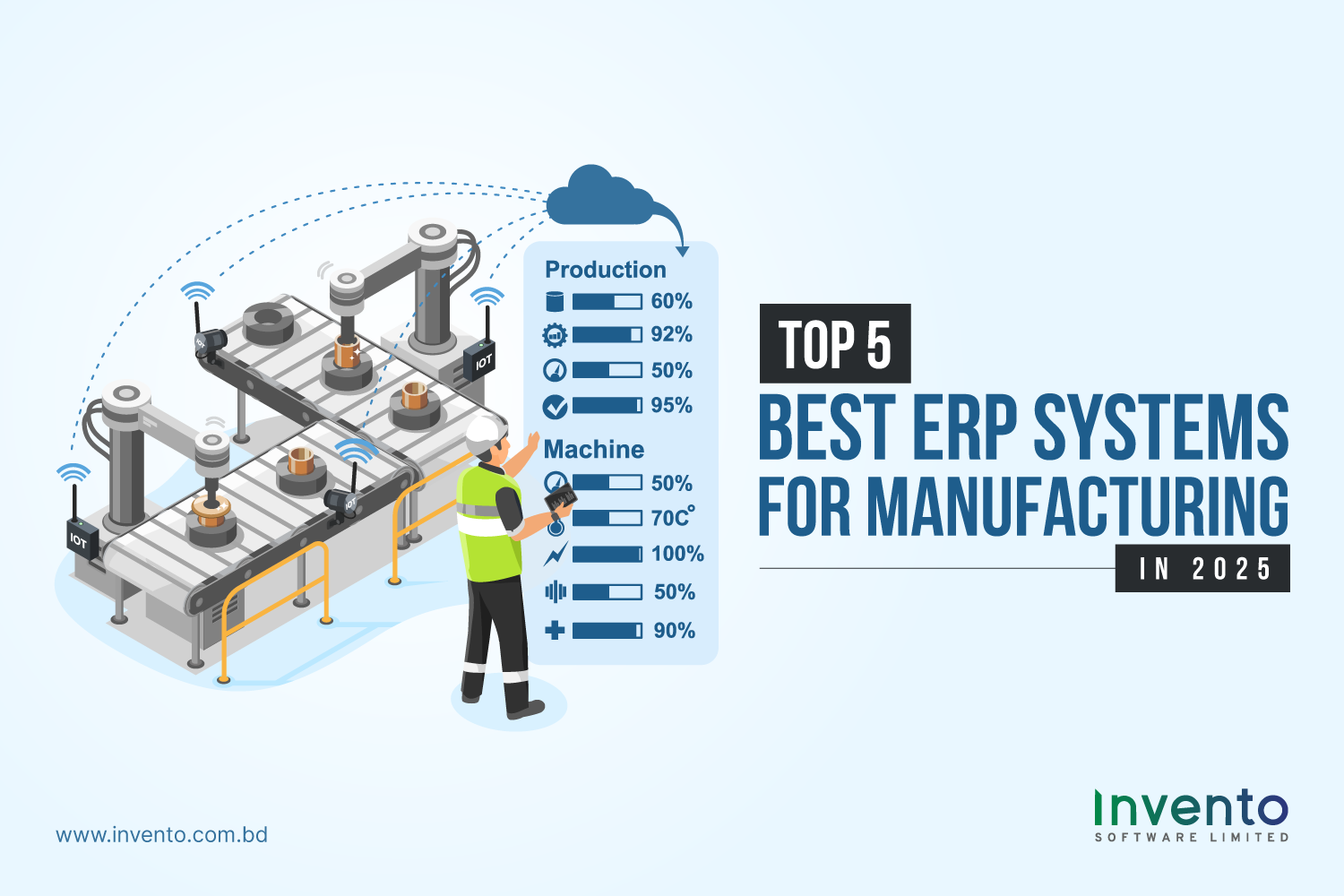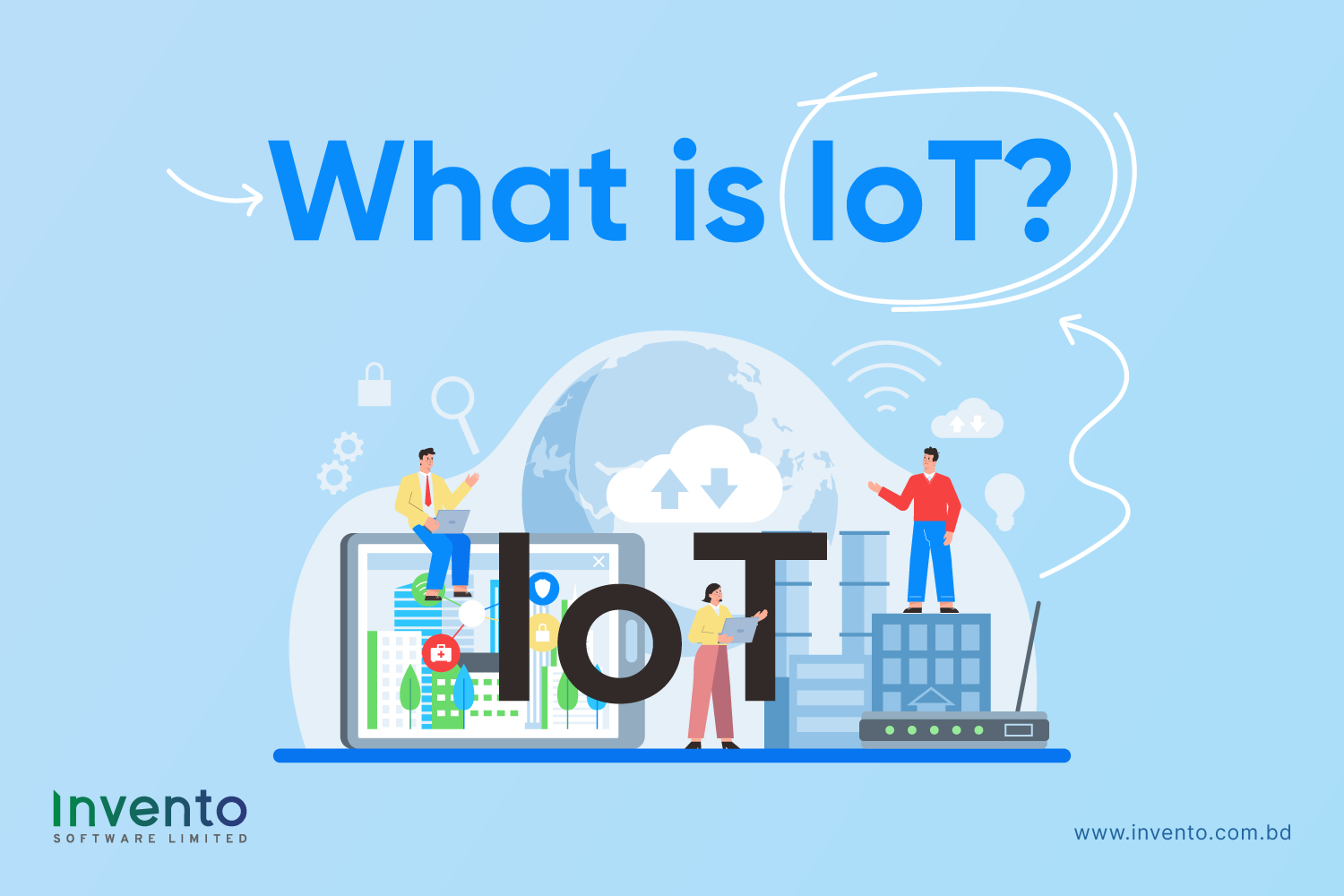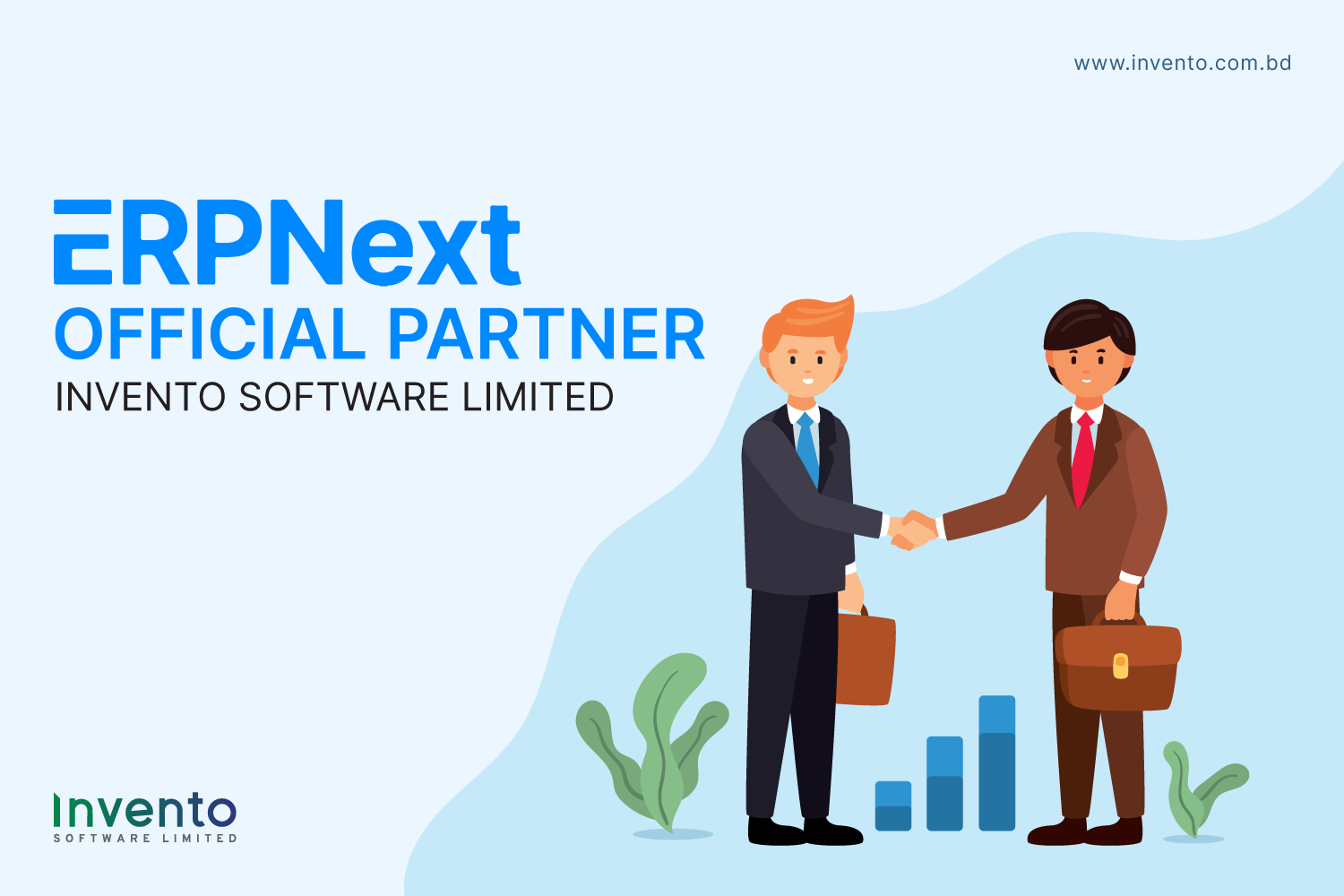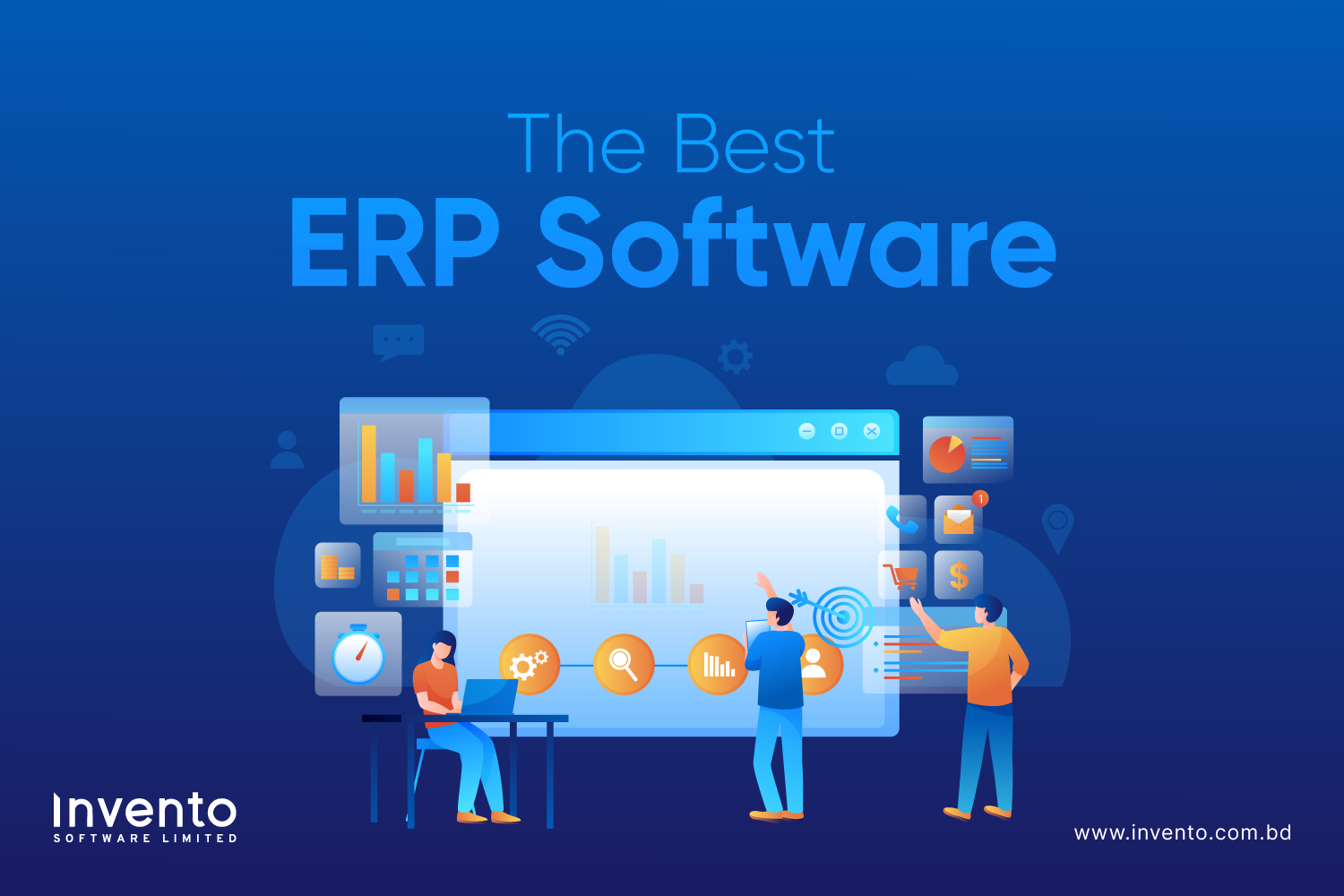In the era of manufacturing, remaining competitive means being efficient, accurate, and adaptable. Manufacturers are nowadays under huge pressure to conduct their operations, manage resources wisely, and deliver products in time without compromising the quality. So, basically this is where the Enterprise Resource Planning (ERP) system comes into play to offer a centralized platform that incorporates various business methods and provides real-time visibility within departments.
Recently, ERP software continues to play a more transformative role in modern manufacturing, particularly in the era of smart factories, automation, and Industry 4.0. In this blog we’ll cover what ERP systems are, how they can benefit manufacturing businesses, and the Top 5 ERP systems for manufacturing, suggesting powerful open-source solutions to achieve global traction.
What is an ERP System in Manufacturing?
An ERP (Enterprise Resource Planning) system is an integrated software suite that combines core business functions, for example – inventory, production, procurement, sales, HR, and finance — into a centralized system.
Now, in the context of manufacturing, ERP systems share tools and dashboards to help businesses in:
- Inventory and supply chain management
- Production planning and scheduling
- Bill of Materials (BOM)
- Work orders and job tracking system
- Quality control and inspections
- Equipment maintenance
- Customer orders and delivery timelines
ERP systems empower manufacturers to make informed decisions, decrease errors, and respond fast to market demands by breaking down data silos and enabling real-time access to operational information. These are all critical for survival and success in today’s fast-growing business.
How ERP Works in Manufacturing
In manufacturing, ERP software works as the central nervous system of the organization. It can initially feel like ERP takes more attention but believe it or not, it actually connects every department of a company from the factory floor to the finance office. It enables seamless coordination and optimized workflows.
Here we’re going to delve into how ERP helps manufacturers operate more effectively:
1. Planning & Forecasting
You might be wondering how it’s possible for an ERP to plan & forecast. But trust me, ERP systems make your work easy. It analyses historical and real-time data for you to predict material needs, manage supplier schedules, and align production with customer demand. As a result, you’ll have reduced stockouts and overproduction, which is super amazing.
2. Resource Management
Moreover, ERP tracks raw materials, human resources, machines, and tools, ensuring they are used efficiently. It helps you minimize downtime, improve asset utilization, and optimize shift planning. Sounds cool, right?
3. Process Automation
Not limited within previous benefits, it also does process automation for you in an amazing way. For instance, tasks like purchase order generation, inventory updates, invoice creation, and scheduling can be automated, reducing manual work and human error.
4. Real-Time Reporting
If your company faces issues with reporting, don’t worry about that because with the help of ERP systems you can access live dashboards showing production status, costs, equipment performance, and many more. It’ll enable you to make fast informed decisions as well.
5. Compliance and Traceability
If you’re a manufacturer then you must meet industry regulations and quality standards. So that’s when ERP systems help you by recording every step of production, from sourcing to shipment, ensuring traceability and audit readiness. It can cover everything you need.
You’ve probably understood by now how ERP systems work in manufacturing, then hang in there as the following parts need your full attention. Because we’re going to explore the best ERP systems that fit you.
Top 5 ERP Systems for Manufacturing Industry in 2025
1. ERPNext
Type: Open-source
Best For: Small to mid-sized manufacturers
Key Features: Work orders, job cards, real-time tracking, BOM, quality inspections, maintenance scheduling, and IoT integration.
Why It Stands Out: Because ERPNext is one of the most complete open-source ERP platforms that are available in marketplaces. It’s especially well-suited for small manufacturers who actually need end-to-end functionality without paying any expensive fees. Also, its interface is clean and user-friendly. Not only this, its modular structure covers manufacturing, accounting, HR, sales, CRM, and many more.
Example: Just imagine a small electronics assembly plant using ERPNext can easily track components, issue job cards, monitor line performance, and schedule maintenance – all without a third-party vendor.
2. Odoo
Type: Open-source (with paid enterprise version)
Best For: Businesses of all sizes needing modularity
Key Features: MRP, PLM, quality control, inventory, purchasing, CRM, and integrated eCommerce.
Why It Stands Out: Many industries recognise Odoo for its polished UI and wide range of modular apps. Furthermore, it offers flexibility for companies to start small and grow their system as needed. It’s not a big deal whether it’s handling manufacturing processes or integrating with sales, Odoo always provides a wonderful modern and scalable ERP experience.
Example: Suppose a furniture manufacturer can start with just the inventory and manufacturing modules, and later expand into Odoo’s eCommerce, accounting, and customer service tools. And all from the same platform.
3. SAP S/4HANA
Type: Proprietary (Enterprise-level)
Best For: Large global manufacturers
Key Features: AI-driven insights, digital supply chain integration, advanced analytics, and industry-specific tools.
Why It Stands Out: Some people say that SAP is a leader in ERP and widely adopted by multinational manufacturing giants. Additionally, S/4HANA delivers real-time analytics, machine learning capabilities, and deep integrations. So it can be an ideal basically for enterprises with complex supply chains, multiple facilities, and high regulatory requirements.
Example: Let’s say a global automotive company uses SAP S/4HANA to manage supplier relationships across continents. It tracks compliance with various regional standards, and monitors factory performance in real time, which costs higher though.
4. Microsoft Dynamics 365 Business Central
Type: Cloud-based proprietary
Best For: Medium to large-sized companies
Key Features: ERP + CRM, IoT-enabled features, integration with Power BI, seamless Microsoft 365 ecosystem support.
Why It Stands Out: Built for the cloud, Microsoft Dynamics 365 offers you integration with other Microsoft tools (e.g.,) Excel, Teams, and Outlook. So it’s very easy to adopt for organizations that are already using the Microsoft suite. It’s also super customizable to suit manufacturing workflows.
Example: Imagine a mid-sized machinery producer who can use Dynamics 365 to automate production scheduling, visualize performance dashboards in Power BI, and manage accounts receivable from the same platform. It can help them undoubtedly.
5. Oracle NetSuite
Type: Cloud-based proprietary
Best For: High-growth manufacturers
Key Features: Inventory and order management, production planning, financial management, multi-location tracking, global compliance.
Why It Stands Out: NetSuite is designed for fast-growing companies that need a robust ERP solution that scales with them. As a fully cloud-native platform, it supports businesses operating across multiple countries and currencies. Hence, it can be an excellent choice for global manufacturers.
Example: You can see a startup making medical devices can use NetSuite to manage inventory across countries, handle regulatory reporting, and automate production planning — all within a just secure cloud environment.
What Should You Choose Among These Systems for Manufacturing?
Although enterprise solutions like SAP or Oracle are powerful, they come with a very high cost and complexity, which may become too much for many manufacturers. More specifically small and medium enterprises. However, ERPNext and Odoo are more accessible, and flexible alternatives. They include:
1. Cost-Effective and Open-Source
It’s true that both platforms offer free community editions. ERPNext is entirely open-source, while Odoo has both a free and a paid version. This makes them ideal for budget-conscious manufacturers.
2. Flexibility and Customization
With access to source code and active developer communities, both systems ultimately allow for high levels of customization to fit your unique workflows.
3. Faster Implementation
Their modular architecture furthermore enables rapid deployment. You can go live with just the essential modules and simply expand over time.
4. Active Global Communities
You’ll be happy to know that thousands of developers contribute to ERPNext and Odoo. It’s because there are countless plugins, online forums, documentation, and partner companies, offering support and upgrades.
When to Choose ERPNext or Oddo?
Choose ERPNext if:
- You run a small or mid-sized factory and need a complete, open-source ERP solution.
- You’ve in-house IT capabilities for setup and customization.
- You’re needing core manufacturing features like job cards, BOM, and quality checks without paying extra.
- You want full control over your system with no vendor lock-in.
Choose Odoo if:
- You want an ERP that can grow with your business.
- You eventually appreciate modern design, ease of use, and extensive third-party apps.
- You’re quite interested in integrating eCommerce, CRM, or POS with your manufacturing ERP.
- You’re open to paying for enterprise support or advanced features when scaling.
Related: Top six features that differentiate Odoo from other ERP solutions
Final Thoughts
It seems in 2025 that manufacturers are more data-driven, agile, and operationally efficient to remain competitive. That’s the reason why ERP systems are no longer optional. Rather they’re truly essential. Though global leaders like SAP S/4HANA, Microsoft Dynamics 365, and Oracle NetSuite serve large corporations, open-source platforms like ERPNext and Odoo are absolutely empowering smaller players at a fair cost.
Ultimately, your choice depends on your company size, budget, and growth goals. Whether you produce textiles, electronics, or heavy machinery, choosing the right ERP system can redefine how your factory operates and grows in the digital age.
Frequently Asked Questions (FAQs)
Is ERP suitable for small manufacturing businesses?
Absolutely, yes. ERP systems like Odoo, ERPNext, and Microsoft Dynamics 365 offer scalable, cost-effective solutions for any small to medium business.
How long does ERP implementation take?
Implementation typically ranges from 3 to 12 months, depending on the system complexity, company size, and customization level.







